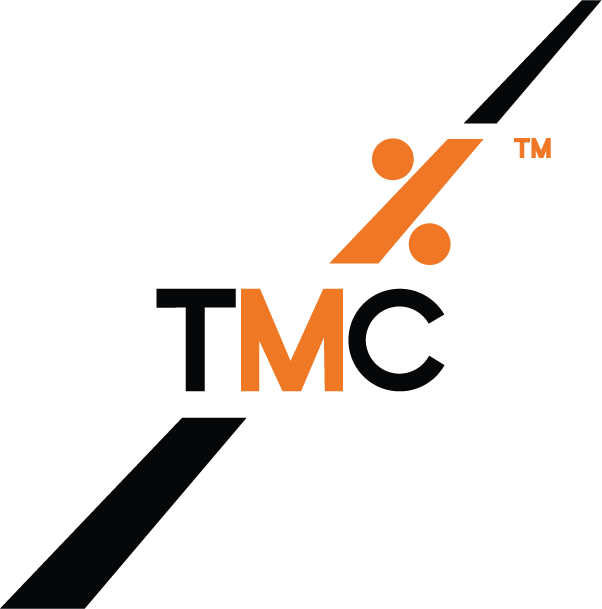Put 100 ordinary people into a room with Microsoft founder Bill Gates and, voila!, everyone present is worth an average of a billion dollars until he goes.
The point gets made often but it does illustrate the problem with averages. They are susceptible to outliers. And also prone to lead to disappointment.
Bill Gates is an extreme example but he’s a reminder that we need to be careful when relying on averages in day-to-day fleet management.
Misleading averages have real financial implications. That’s how a typical wage-earning UK household gets to live on £5,800 (17%) per year less than the average household income.
It’s those outliers at the top and bottom of the income scale.
Similarly, there are average and median figures for the wheels on your fleet’s vehicles but you can only buy tyres to fit one of them.
When it comes to fuel—often the biggest fleet budget item after depreciation—our industry seems remarkably relaxed about using averages, though.
December 1 sees the next quarterly revision to the widely-used HMRC Advisory Fuel Rates—the average pence-per-mile company car fuel rates based on national average fuel prices and official fuel consumption data.
The official MPGs themselves are averages of lab test runs. And fuel prices move up and down all the time, as well as varying hugely both regionally and from motorway to supermarket petrol stations.
It all means the AFR payments are not merely averages. They’re averages of averages of averages.
Coming into fleet from a financial background, as I did a good few years ago, that has me scratching my head.
The AFRs’ main job is to draw a line between taxable and non-taxable fuel payments for company car drivers. They are a convenience, so fleets don’t have to work out each driver’s actual cost and show it to HMRC to prove they didn’t pay for any private fuel.
The rates are broadly representative of average fuel costs. But like any flat rate scheme, they may be very unrealistic for individual drivers.
Above all, they tell you nothing useful about your company’s real fuel costs, or about what (or who) is driving them up or down.
I think this opacity will become a growing worry to businesses before long. Because even if future governments implement only a fraction of their promised climate measures, fleets are in for higher carbon taxes, costlier diesel and petrol and more stringent green financial reporting rules.
It will be tough on the average fleet. And toughest on those whose costs are already higher than average.
However, TMC’s clients typically save nearly 16% on their business fuel, mileage payments, VAT and other costs within a year of implementing our actual cost and rate-capped solutions.
If you haven’t yet considered switching from a flat rate scheme to actual cost fuel reimbursement, perhaps now is the time to do so. Within TMC we run our customers on either actual rates of AFR/AER rate schemes, so can recommend the best for you and your business.
Before new climate-driven costs turn flat rates from “user friendly” to truly inconvenient to the bottom line.
Download our latest Actual Costs Whitepaper here.


